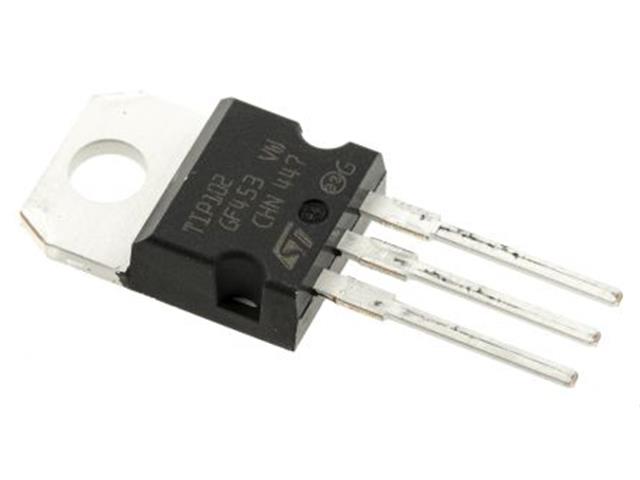


Bell Labs was the research arm of American Telephone and Telegraph (AT&T). The transistor replaced the vacuum-tube triode, also called a (thermionic) valve, which was much larger in size and used significantly more power to operate.The first transistor was successfully demonstrated on December 23, 1947, at Bell Laboratories in Murray Hill, New Jersey. This can be used for amplification, as in the case of a radio receiver, or for rapid switching, as in the case of digital circuits. In the common case, the third terminal controls the flow of current between the other two terminals.

(The reason for this is discussed in the next section.) Figure 2 shows the schematic symbols for the npn and pnp bipolar junction transistors.Semiconductor device history Transistor technology timeline (summary)Ī transistor is a semiconductor device with at least three terminals for connection to an electric circuit. Because of this difference in doping levels, the emitter and collector are not interchangeable. The base region is lightly doped and very thin compared to the heavily doped emitter and the moderately doped collector regions. These leads are labeled E, B, and C for emitter, base, and collector, respectively.

A lead connects to each of the three regions, as shown. The pn junction joining the base region and the collector region is called the base-collector junction, as indicated in Figure 2(b). The pn junction joining the base region and the emitter region is called the base-emitter junction. The substrate is a physical supporting material for the transistor The term bipolar refers to the use of both holes and electrons as current carriers in the transistor structure. One type consists of two n regions separated by a p region (npn), and the other type consists of two p regions separated by an n region (pnp). Physical representations of the two types of BJTs are shown in Figure 1(b) and 1(c). The three regions are called emitter, base, and collector. The BJT is constructed with three doped semiconductor regions separated by two pn junctions, as shown in the epitaxial planar structure in Figure 1(a). Type of BJT Analysis Bipolar Junction Transistor (BJT) Structure The BJT is used in two broad areas-as a linear amplifier to boost or amplify an electrical signal and as an electronic switch. Two basic types of transistors are the bipolar junction transistor (BJT), and the field-effect transistor (FET), which we will cover later. All of the complex electronic devices and systems today are an outgrowth of early developments in semiconductor transistors. The invention of the transistor was the beginning of a technological revolution that is still continuing.


 0 kommentar(er)
0 kommentar(er)
